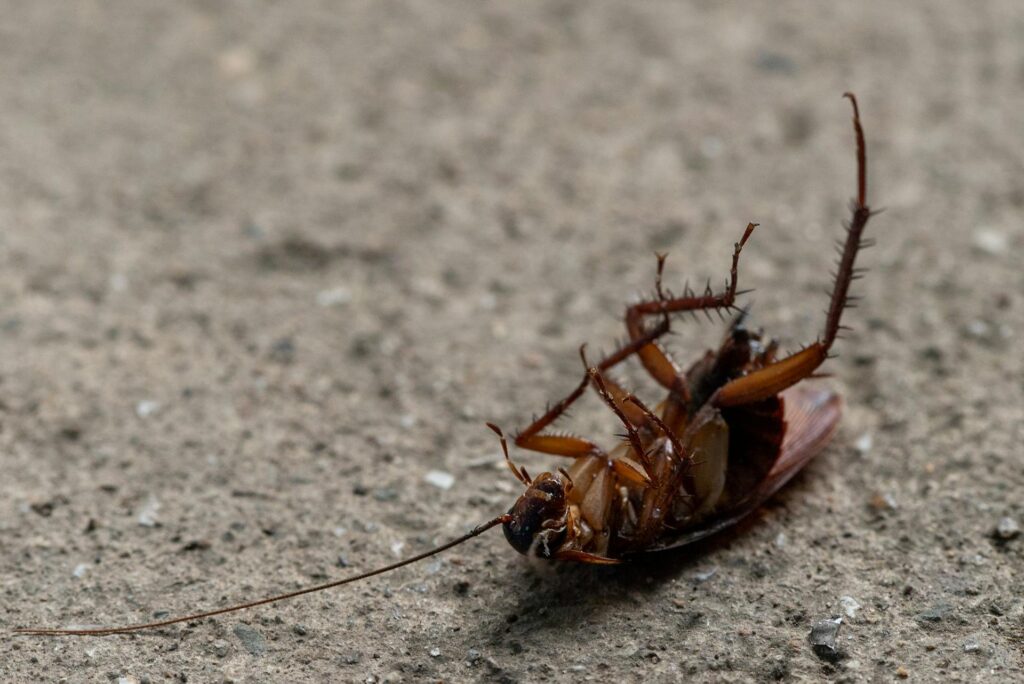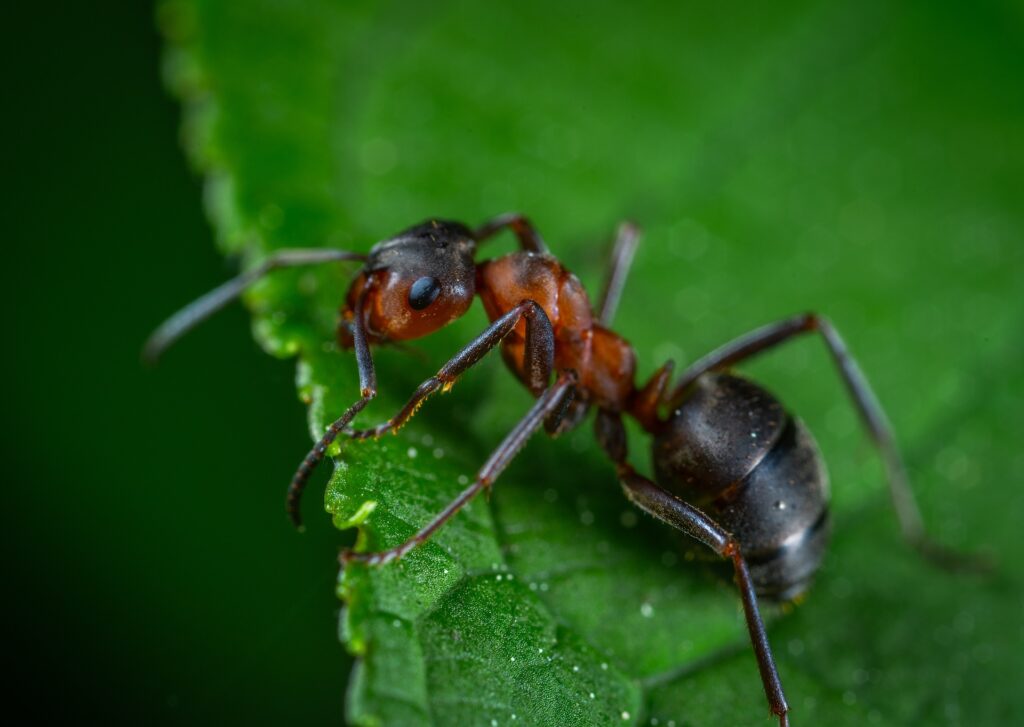Ticks are among the most medically significant pests in North America, capable of transmitting serious diseases that can have lasting health impacts. These small arachnids feed on the blood of mammals, birds, and reptiles, potentially picking up pathogens from infected hosts and transmitting them to subsequent victims via bites. Understanding the most common tick species in your area and the diseases they carry is crucial for protecting yourself and your family during outdoor activities and preventing tick-borne illnesses.
Are ticks dangerous?
Ticks pose significant health risks not through their bite itself, but through the pathogens they can transmit during feeding. These arachnids can carry bacteria, viruses, and parasites that cause serious diseases, some of which can be life-threatening if left untreated.
The danger increases with the length of attachment time—many tick-borne diseases require the tick to feed for 24-48 hours before transmission occurs, making prompt removal crucial for prevention.
Different tick species carry different pathogens, and geographic location plays a major role in disease risk. Some areas have higher concentrations of infected ticks, making awareness of local tick populations essential for outdoor safety. The most concerning aspect of tick-borne diseases is that many initial symptoms mimic common illnesses like the flu, often leading to delayed diagnosis and treatment.
Early detection and proper medical care significantly improve outcomes for most tick-borne diseases, but some can cause permanent neurological damage, heart problems, or chronic health issues if not addressed promptly. This makes tick prevention and regular tick checks after outdoor activities critical components of personal health protection and tick control.
Common types of ticks and the diseases they spread
North America hosts numerous tick species, each adapted to specific geographic regions and host preferences. While over 850 tick species exist worldwide, only a handful commonly encounter humans and transmit diseases. Understanding these species, their preferred habitats, and peak activity periods helps inform prevention strategies and risk assessment for outdoor activities.
Black-legged tick (deer tick)
The black-legged tick (Ixodes scapularis), commonly called the deer tick, is perhaps the most medically significant tick in the eastern and midwestern United States. These small ticks are found primarily in wooded and grassy areas from the Northeast down to the Southeast and west to the Great Lakes region.
Adult females are reddish-brown with darker legs and measure about 3-5mm when unfed, while males are slightly smaller and darker. Nymphs are particularly dangerous because their tiny size (about the size of a poppy seed) makes them difficult to detect.
Black-legged ticks are most active during cooler months in fall and early spring when adults are seeking blood meals, though nymphs are active during warmer summer months. They prefer areas with leaf litter and undergrowth where they can quest for hosts passing by. These ticks require high humidity to survive and are often found in transitional areas between wooded and open spaces.
Diseases spread: Black-legged ticks are vectors for several serious diseases, most notably Lyme disease, which accounts for the majority of tick-borne illness cases in the United States. They also transmit anaplasmosis, babesiosis, ehrlichiosis, and Powassan virus disease. The risk of disease transmission increases significantly if the tick remains attached for more than 24-36 hours.
Lone Star tick
The Lone Star tick (Amblyomma americanum) is easily recognizable by the distinctive white spot on the female’s back, resembling the star on the Texas flag that gives this species its name. Found primarily in the southeastern and south-central United States, these ticks have been expanding their range northward and westward in recent years. Lone Star ticks are aggressive feeders and actively pursue hosts, unlike many tick species that wait passively for hosts to pass by.
These ticks prefer areas with dense vegetation and are commonly found in wooded areas, brush, and tall grass. They’re most active during warm weather months and can be particularly abundant in areas frequented by deer and other wildlife. All life stages of Lone Star ticks will bite humans, making them a persistent nuisance in areas where they’re established. Their aggressive nature and willingness to travel considerable distances to find hosts make encounters more likely than with other tick species.
Diseases spread: Lone Star ticks transmit several diseases including ehrlichiosis, tularemia, and Southern tick-associated rash illness (STARI). Perhaps most notably, they can cause Alpha-gal syndrome, a condition that triggers severe allergic reactions to red meat and other mammalian products. This condition develops after repeated bites and can be life-altering for affected individuals, requiring permanent dietary changes.
American dog tick
The American dog tick (Dermacentor variabilis), also known as the wood tick, is widely distributed across the eastern United States and some western regions. These ticks are larger and more robust than black-legged ticks, with adults measuring 5-15mm depending on their feeding status. Unfed females are brown with white or yellow markings, while males have more extensive light-colored markings across their backs.
American dog ticks prefer areas with little to no tree cover, including grasslands, scrublands, and along trails and walkways. They’re most active during spring and early summer months when temperatures are warm but not excessive. Despite their name, these ticks readily feed on humans and are often encountered in parks, recreational areas, and suburban settings where people and pets frequent.
These ticks are particularly associated with dogs but will attach to any available mammalian host. They’re often found in areas where domestic animals are present and can be brought into homes on pets, making pet tick prevention important for household protection.
Diseases spread: American dog ticks are the primary vector for Rocky Mountain spotted fever east of the Rocky Mountains, a potentially fatal disease if left untreated. They also transmit tularemia, which can cause severe illness with flu-like symptoms. While these ticks don’t carry Lyme disease, the diseases they do transmit can be equally serious and require prompt medical attention for proper treatment.
Rocky Mountain wood tick
The Rocky Mountain wood tick (Dermacentor andersoni) is the western counterpart to the American dog tick and shares many physical characteristics. Found primarily in the Rocky Mountain states and parts of the Pacific Northwest, these ticks inhabit mountainous and high-elevation areas with mixed grassland and forest habitats. They’re most commonly encountered at elevations between 4,000 and 10,500 feet.
These ticks are most active during spring and early summer months, typically from March through July, with peak activity occurring when temperatures are moderate. They prefer areas with sagebrush, grasslands, and open woodlands, often in transitional zones between different habitat types. Rocky Mountain wood ticks are commonly found along trails, campsites, and recreational areas in mountainous regions.
Like their eastern relatives, these ticks readily attack humans and are frequently encountered by hikers, campers, and outdoor enthusiasts in western mountain regions. Their habitat preferences make them a particular concern for people engaging in outdoor recreational activities in the western United States.
Diseases spread: Rocky Mountain wood ticks are the primary vector for Rocky Mountain spotted fever in the western United States, as well as Colorado tick fever, a viral disease that causes severe flu-like symptoms. They also transmit tularemia and can cause tick paralysis, a condition caused by neurotoxins in the tick’s saliva that can lead to ascending paralysis if the tick isn’t removed promptly.
Brown dog tick
The Brown dog tick (Rhipicephalus sanguineus) is unique among common tick species because it can complete its entire lifecycle indoors, making it a year-round concern in heated environments. These ticks are reddish-brown in color and prefer dogs as hosts, though they will occasionally bite humans. They’re found worldwide but are particularly problematic in warmer climates and indoor environments.
Unlike most other tick species, brown dog ticks can establish populations inside homes, kennels, and other structures where dogs are present. They hide in cracks, crevices, and furniture during their off-host periods, making them difficult to eliminate once established. These ticks can survive in very dry conditions that would kill most other tick species, contributing to their success in indoor environments.
Brown dog tick infestations typically develop gradually and can reach enormous numbers if left unchecked. They’re particularly problematic in multi-dog households, kennels, or homes where infested dogs have been present. Their ability to reproduce indoors makes them a persistent problem that often requires professional intervention.
Diseases spread: Brown dog ticks can transmit Rocky Mountain spotted fever, particularly in the southwestern United States and Mexico, where they serve as important vectors. They also transmit ehrlichiosis and babesiosis to dogs, and occasionally to humans. While human disease transmission is less common than with other tick species, it can occur, particularly in areas with heavy infestations or when other hosts are unavailable.
Western black-legged tick
The Western black-legged tick (Ixodes pacificus) is the Pacific Coast relative of the eastern black-legged tick and shares many characteristics with its eastern counterpart. Found along the Pacific Coast from British Columbia to Baja California, these ticks inhabit chaparral, woodland, and grassland areas, particularly in the foothills and coastal ranges of California and Oregon.
These ticks prefer areas with dense vegetation and are commonly found in wooded canyons, hiking trails, and recreational areas throughout their range. They’re most active during cooler, humid weather and can be encountered year-round in mild coastal climates, though activity peaks during fall and spring months.
Western black-legged ticks follow similar behavior patterns to eastern black-legged ticks, questing from vegetation for passing hosts. They require high humidity to survive and are most commonly found in areas where fog or marine moisture creates suitable microclimates.
Diseases spread: Western black-legged ticks are the primary vector for Lyme disease on the Pacific Coast, though infection rates are generally lower than in eastern populations. They also transmit anaplasmosis and possibly other emerging diseases. While Lyme disease is less common in western states, cases do occur, and the disease presents the same serious health risks as in other regions.
Asian longhorned tick
The Asian longhorned tick (Haemaphysalis longicornis) is a relatively recent arrival to North America, first detected in New Jersey in 2017 and since spreading to multiple eastern states. This invasive species is particularly concerning because females can reproduce without mating (parthenogenesis), allowing single ticks to establish entire populations rapidly.
These small, reddish-brown ticks are found in a variety of habitats including grasslands, forests, and suburban areas. They show less host specificity than many native tick species and will readily feed on humans, pets, livestock, and wildlife. Their ability to build large populations quickly makes them a growing concern for public health officials.
Asian longhorned ticks are active across a wide temperature range and can be found questing during most months of the year in suitable climates. Their adaptability and reproductive capacity have enabled rapid establishment in areas where they’ve been introduced.
Diseases spread: While Asian longhorned ticks carry numerous pathogens in their native range in Asia, including a severe fever with thrombocytopenia syndrome virus, their disease transmission potential in North America is still being studied. They have been found to carry Heartland virus and possibly other native pathogens, making them a species of significant concern for emerging disease threats.
Soft ticks
Soft ticks belong to the family Argasidae and differ significantly from the hard ticks most people encounter. They have leathery, flexible bodies without the hard shield (scutum) that characterizes hard ticks. Found primarily in arid regions of the western United States, soft ticks typically inhabit animal burrows, caves, and rustic cabins where they feed on rodents, bats, and occasionally humans.
Unlike hard ticks that attach for days, soft ticks feed quickly (usually within an hour) and then detach, making their bites often go unnoticed. They’re most active at night and can survive for years between blood meals. Their secretive nature and rapid feeding behavior make encounters less common but potentially more dangerous due to their disease transmission capabilities.
Several species of soft ticks are found in North America, including the relapsing fever tick and various species associated with different animal hosts. They’re particularly associated with rustic accommodations, cabins, and camping areas in the western United States.
Diseases spread: Soft ticks are the primary vectors for tick-borne relapsing fever, a bacterial infection that causes recurring episodes of fever, headache, and other flu-like symptoms. This disease can be severe and requires antibiotic treatment. Some species may also transmit other bacterial pathogens, making any soft tick bite a concern requiring medical evaluation.
When to call a professional
For comprehensive tick control and property protection, professional pest control services offer the most effective solutions for reducing tick populations around your home. These experts can identify the specific tick species in your area and assess the extent of tick activity on your property, implementing targeted treatment strategies that address both adult ticks and their preferred habitats where they quest for hosts.
Given the serious health risks associated with tick-borne diseases like Lyme disease, Rocky Mountain spotted fever, and ehrlichiosis, professional tick control becomes essential for protecting your family’s health. If you’re dealing with persistent tick problems on your property or live in an area with high tick-borne disease rates, contacting a professional pest control service like Aptive is your best option for effective population reduction.
They can develop a customized treatment plan starting with a free quote to help address your specific situation, providing lasting protection from these disease-carrying pests while ensuring your outdoor spaces remain safe for family activities.








